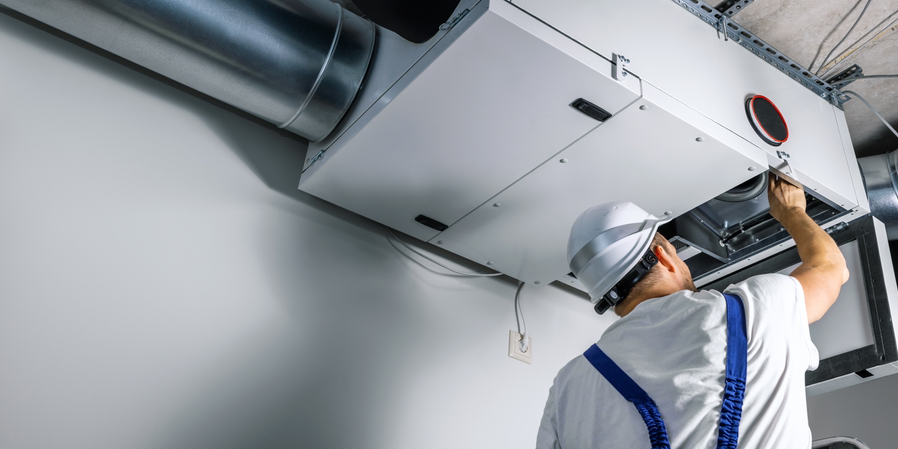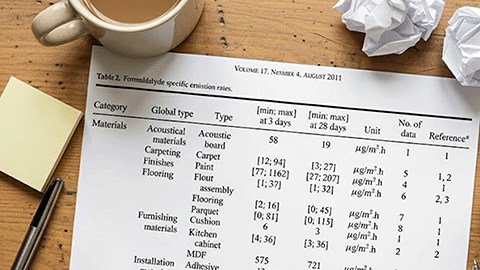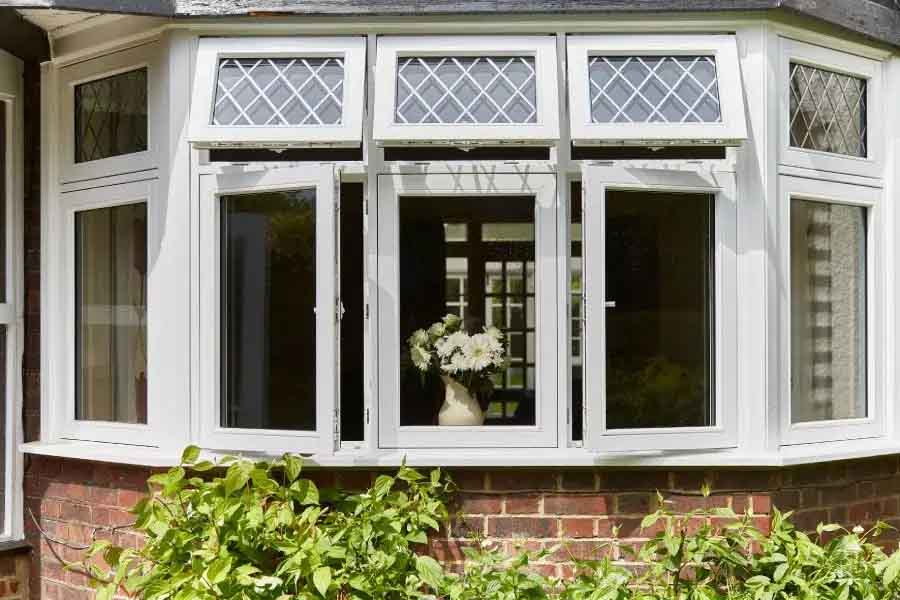How to Save Energy in the Workplace
Saving energy in the workplace not only reduces operational costs but also contributes to environmental sustainability. Improving the efficiency of a building’s heating, ventilation, air conditioning (HVAC), lighting and other energy-intensive requirements can make a big difference to energy costs in non-residential buildings such as office buildings, hospitals, shops, schools and food preparation facilities.
Here are some strategies to help you save energy in the workplace.
Improving lighting efficiency
Use energy-efficient LED bulbs or Compact Fluorescent Lamps (CFLs) rather than standard incandescent bulbs. These modern lighting solutions use most of their energy to create light, rather than creating light and heat, and so LEDs use 90% less and CFLs around 75% less energy than incandescent bulbs. CFLs take a little more energy and time to switch on.
To further save energy, you can also optimise natural lighting in the workplace by positioning workstations near windows, which will also influence occupant behaviour to keep electric lighting to a minimum. And to mitigate human error, installing motion sensors and timers can automatically turn off lights in unoccupied areas.
HVAC optimisation
You can keep your HVAC system running at low energy with regular maintenance, by cleaning filters and ensuring there is proper airflow to air handling units through clean intakes – i.e. the vents that bring air in from the outside.
Implement programmable thermostats to adjust temperature settings based on occupancy and seal any potential air leaks in the ductwork while insulating pipes to prevent energy losses.
Ensuring you have proper insulation in your walls, roofs and windows will maintain indoor temperatures and so reduce the workload on your HVAC systems.
Learn more about how to make your HVAC as energy efficient as possible.
Equipment and appliances
Implementing energy-saving policies in your building can have a large impact on costs. If responsible for supplying equipment, always choose low-energy rated office appliances. Ensure staff turn off computers, monitors, printers and other equipment when not in use, or activate power-saving modes on your devices.
Unplugging chargers and electronics
Electricity will still flow to devices even if they are not being used. Sometimes called “vampire power”, computers, phones, TVs and kitchen appliances are still taking power from the grid when plugged in. Be sure to unplug chargers and devices (e.g. phone chargers, laptops) when they are not actively charging.
Use natural ventilation
Where outdoor air quality is good, use natural ventilation whenever possible to reduce the need for air conditioning. Monitoring outdoor air quality with sensors will let you know when to open windows and when to rely on recirculated and cleaned air from your HVAC system.
This is recommended in government guidelines, which also go into detail on when to use air cleaning technologies such as ultraviolet germicidal irradiation and HEPA filters. See our Approved Document F explainer article to learn more.
Energy-efficient windows
Use energy-efficient windows that provide better insulation and reduce the need for heating or cooling. A++ rated double glazed or triple glazed windows will offer the most amount of efficiency. The less heat that escapes through the windows in summer, or the more heat that is contained in winter, the less hard your HVAC will need to work to maintain a productive workplace, and the more energy will be saved.
Occupancy sensors
Knowing where and when to use energy will let building managers and facilities managers optimise energy use. By installing occupancy sensors in areas of the building that are not constantly occupied, such as restrooms and meeting rooms, you can control lighting and HVAC based on occupancy.
Air quality sensors
Install indoor air quality (IAQ) sensors in all variably occupied areas so you can control HVAC operations based on occupancy and pollutant levels. High CO2 in one area will indicate poor ventilation, meaning you should open a window (if not polluted outside) or switch on the HVAC ventilation.
Sensor data can be collected and analysed to show you where the trouble spots are, but also how to optimise your HVAC system for energy efficiency. Learn more about what insights IAQ data can provide.
Encourage behavioural changes
Educate employees about energy-saving practices and encourage them to turn off lights, equipment and appliances when not needed.
Achieving a green certification for your building (e.g. from BREEAM or WELL) will help influence behaviour. If a building is known for its eco design and maintenance, energy-saving will naturally be front of occupants’ minds.
Hybrid working is a good way to bring down energy usage and reduce real estate requirements. Implementing flexible work arrangements that allow employees to work remotely or adopt flexible hours reduces the need for office space and energy consumption.
Realising these savings will require an in-depth assessment of building utilisation.
Renewable energy
Explore options for incorporating dedicated renewable energy sources like solar panels or wind turbines. Solar energy is approx 80% cheaper per kWh than buying from the grid and prices are not pegged to grid energy prices. Excess power from renewable sources can also be sold back to the grid.
Green building design
If you have the opportunity to design or renovate your workspace, consider energy-efficient building design principles. For example, in HVAC, a refurbished air handling unit (AHU) with upgraded components is far more cost effective and sustainable than continuing with old parts or buying a brand new system.
By designing with thermal mass, natural ventilation, good shading and window placement in mind, you can also reduce the load on your HVAC system, saving more on energy.
Green commuting
Encourage employees to use public transportation, carpooling, cycling or walking to reduce energy consumption associated with commuting. Emissions from travel are included in a business’s Scope 3 emissions targets, (emissions that occur as a result of an organisation's activities but are outside of its direct operational control) impacting sustainability goals.
In the UK, many sectors including facilities management companies and financial services companies, are now required to disclose their Scope 3 emissions in their annual reports or sustainability reports. Solutions like MaintainAway will reduce the frequencies of visits from FM staff.
Recycling and waste reduction
Implement effective recycling programmes to reduce waste and promote a more sustainable workplace. Though this form of saving energy by reducing the need to produce more products and paper is indirect, it will help mitigate regulatory risks.
Remember that successful energy-saving efforts often involve a combination of technological upgrades, operational changes and employee/occupant engagement. Regularly monitor energy usage, set energy-saving goals and involve tenants and employees in the process to create a culture of energy efficiency in the workplace.
For help implementing any of the strategies above that reduce load on your HVAC system, get in touch and one of our indoor air quality experts will talk you through it.






